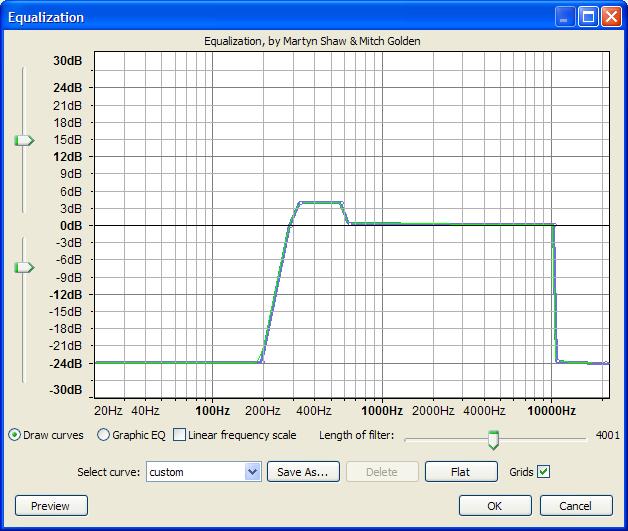
Both Adobe Audition and Audacity have this function, and they are both displayed similarly – as a mixing desk.īoth use sliders to adjust each individual ‘ band’s frequency,’ and both offer the same performance removing plosives from your recording.Īccessing the EQ settings between them is a little different, although both are easy to find. EQĮqualization (or ‘EQ’) allows you to raise and lower the frequency of your audio. This can be avoided by creating copies of files within Audacity before you start editing, but that’s something that can take a little time and isn’t particularly productive if you’re in a rush to publish your podcast. So, if you were to edit something out accidentally, it will make the changes to your source material and, ultimately, be the final recording you’re stuck with. With Audacity, working in a non-destructive manner is much harder. This means that any edits you make won’t affect the original recording. You’re also able to move clips around in a more intuitive way with Adobe Audition, and it’s easier to work in a non-destructive manner.

The editing tools available to you include splitting, cutting, overlapping, and stretching.

This is especially true if you’re working with multiple audio files. We’ll cut straight to the chase and say that Adobe Audition is the better of the two when it comes to editing and mixing each episode of your podcast. Having said that, Audacity’s multitrack feature is undoubtedly easy to navigate and still offers great performance for basic piecing together. You’re offered more options and can edit with greater detail.
Equalization audacity software#
So, if there’s any background noise being picked up by one microphone (or somebody says something you’d rather didn’t appear on your podcast!), you’ll be able to edit them out without having to sacrifice a large section of your recording.īut which piece of software comes up as the winner for its multitracking performance? We’d have to go with Adobe Audition here. This can be done by selecting the “Multitrack” option in the toolbar.īy giving you these options, you’ll be able to record with several microphones onto individual tracks simultaneously. It can either record across one audio file at a time, instead of creating multiple tracks each time you hit the record button, or you can switch to multitracking if you prefer. These can then be stitched together in the editing process, and creating multiple tracks in this way also allows you to insert a pre-existing file into your episode.Īdobe Audition gives you a little more choice. However, each one works a little differently.Īs you stop and start between recordings, Audacity will create a new track underneath the previous recording. Multitrackingīoth Adobe Audition and Audacity have multitracking capabilities. Selecting microphones and adjusting levels isn’t nearly as easy to do as it is with Audacity, and you need to navigate through “Audio Hardware” and “Preferences” settings to do it. There are even sliders that allow you to adjust and set your recording and playback levels, as well as level monitors so you can monitor your signals.Īdobe Audition is a little more difficult to use. You can also easily choose whether you’d like to record in stereo or mono with a simple click of your mouse. There are also easy to navigate, simplistic drop-down menus on the main window that allow you to select each microphone and the headphones you’d like to listen with. Getting started is as easy as opening the software and hitting record. With each having a very different design, exactly how easy are they to use? Audacity comes up as the winner here. However, if you’re a bit of a technophobe or want something easier to navigate, Audacity’s simplistic design might better suit your needs.

If you’re fairly computer-literate and it doesn’t take you very long to find your way around a new piece of software, you should be fine with the stylish, hi-tech design of Adobe Audition. And, while you might think that looks don’t matter that much as long as they perform well, each of their interfaces would be better suited to different skill levels. The first thing to note is that, although both Adobe Audition and Audacity are similar in terms of what they do, their appearance couldn’t be different.Īdobe Audition has a slick, modern look to it, while Audacity does look a little more dated.


 0 kommentar(er)
0 kommentar(er)
